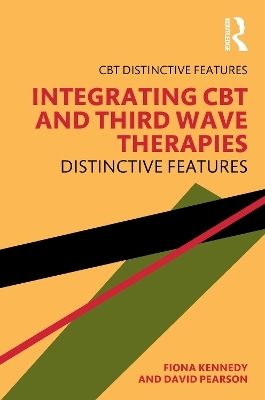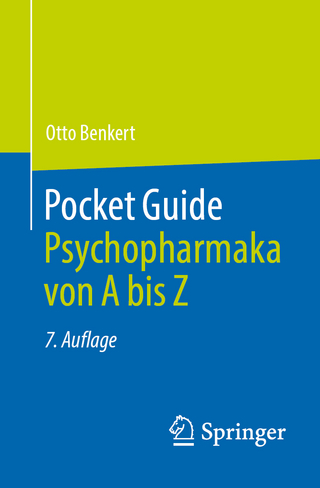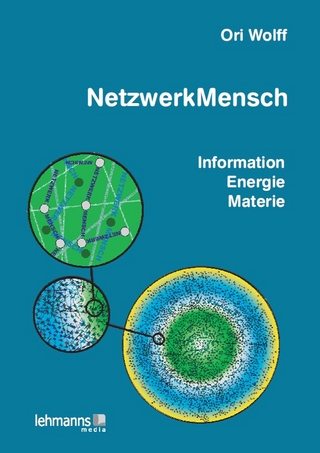
Integrating CBT and Third Wave Therapies
Routledge (Verlag)
978-1-138-33667-4 (ISBN)
The theoretical part of the book briefly reviews four therapies, namely: CBT, DBT, ACT and CFT. The authors identify core processes of change and examine how each therapy contributes to each core process, helping in the integration of all four. The text considers the influence of early adversity on later mental wellbeing, the theoretical underpinnings of mindfulness, behaviour analysis, reliving and re-scripting and dissociation. Theory and practice chapters are illustrated using case vignettes.
The book will be useful for therapists to structure sessions with clients. It demonstrates how to follow a theoretical approach and offers a therapeutic structure for integrated clinical work. It will be useful in reflective practice and supervision, and for students learning about a variety of therapeutic approaches.
Fiona Kennedy is an award-winning clinician, researcher, trainer and author. She is a Director of GreenWood Mentors, providing therapy, supervision and training. She specializes in trauma and its consequences, especially dissociation, and in integrating CBT and third wave therapies. She volunteers in India each year, helping NGOs to provide and research into nurturing care for young people in adversity. David Pearson’s career has been with the UK National Health Service as a Consultant Clinical Psychologist. Currently, he is a Director of GreenWood Mentors, an Advisor for the NGO, Dream a Dream, and an award-winning author. Designing interventions and assessments following severe childhood adversity and integrating therapy to meet the needs of individuals have been life-long interests.
1. Introduction; PART I: THE DISTINCTIVE THEORETICAL FEATURES OF CBT+; 2. CBT in a nutshell; 3. ACT in a nutshell; 4. DBT in a nutshell; 5. CFT in a nutshell; 6. Why integrate CBT and third wave approaches?; 7. Behaviour Theory and Philosophy; 8. Core processes of change 1: Trust, Commitment and Compassion; 9. Core processes of change 2: Perspective Taking, Exposure and Learning New Skills; 10. Principles and protocol for CBT+: NAVIGATES; 11. Early Trauma Experiences and Adult Problems; 12. Mindfulness Theory; 13. Behavioural Analysis; 14. Re-living and Re-scripting; 15. Dealing with Dissociation; PART II: THE DISTINCTIVE PRACTICAL FEATURES OF CBT+; 16. Complex Case: Ruth; 17. Complex Case: Stuart; 18. Mindfulness for Clients; 19. Mindfulness Exercises; 20. Motivation and Commitment; 21. Name the Problem Behaviours; 22. Build Awareness; 23. Clarify Values; 24. Investigate the Behaviour; 25. Goal Setting; 26. Acceptance of Self; 27. Tackling Trauma; 28. Exposure and Emotions; 29. New Skills; 30. Summary and Conclusions
| Erscheinungsdatum | 28.10.2020 |
|---|---|
| Reihe/Serie | CBT Distinctive Features |
| Zusatzinfo | 4 Tables, black and white; 20 Line drawings, black and white; 20 Illustrations, black and white |
| Verlagsort | London |
| Sprache | englisch |
| Maße | 123 x 186 mm |
| Gewicht | 300 g |
| Themenwelt | Geisteswissenschaften ► Psychologie ► Klinische Psychologie |
| Medizin / Pharmazie ► Medizinische Fachgebiete ► Psychiatrie / Psychotherapie | |
| Sozialwissenschaften ► Soziologie | |
| ISBN-10 | 1-138-33667-X / 113833667X |
| ISBN-13 | 978-1-138-33667-4 / 9781138336674 |
| Zustand | Neuware |
| Informationen gemäß Produktsicherheitsverordnung (GPSR) | |
| Haben Sie eine Frage zum Produkt? |
aus dem Bereich


